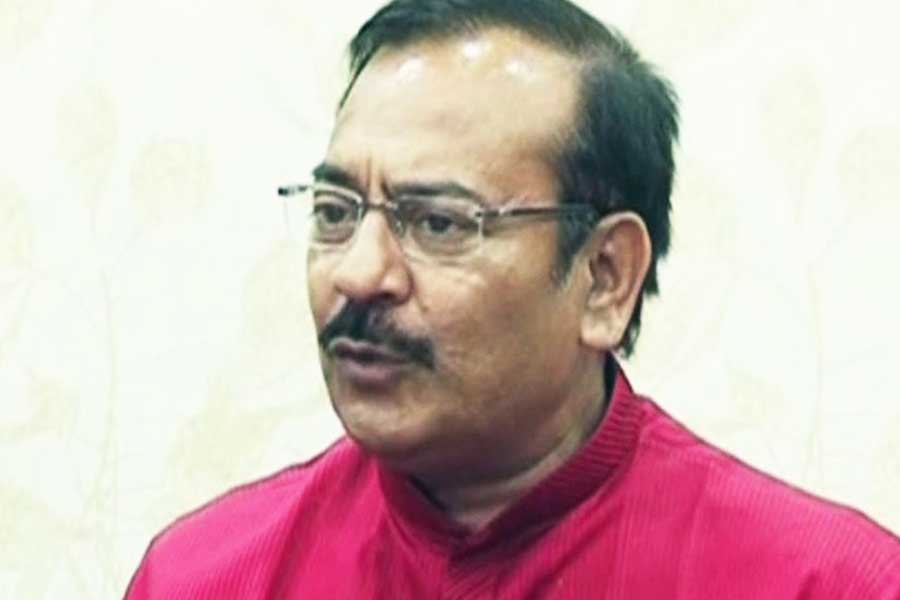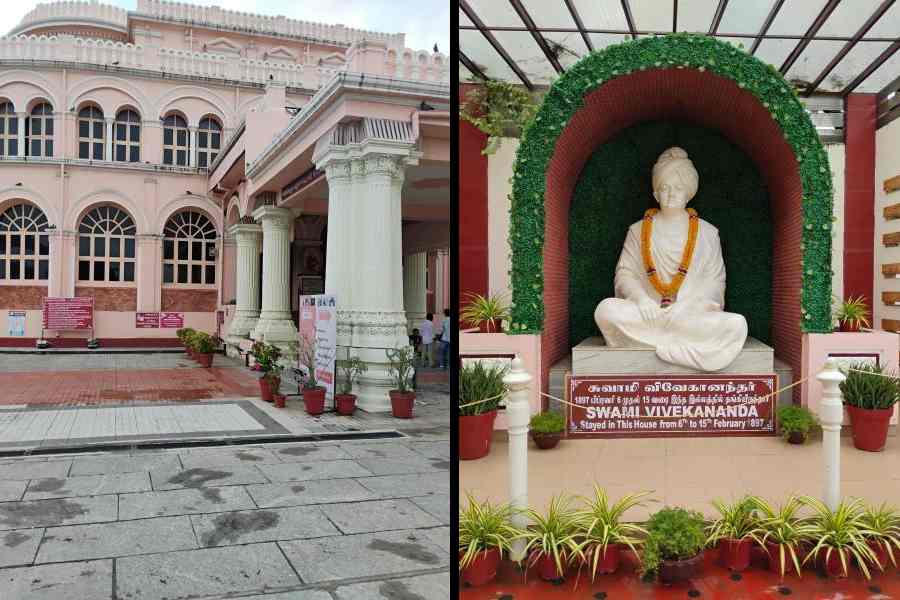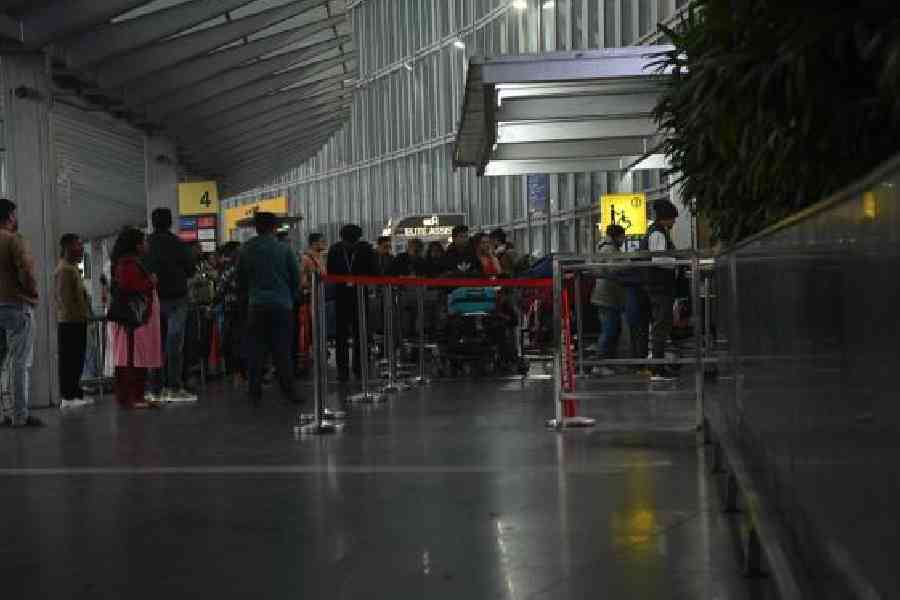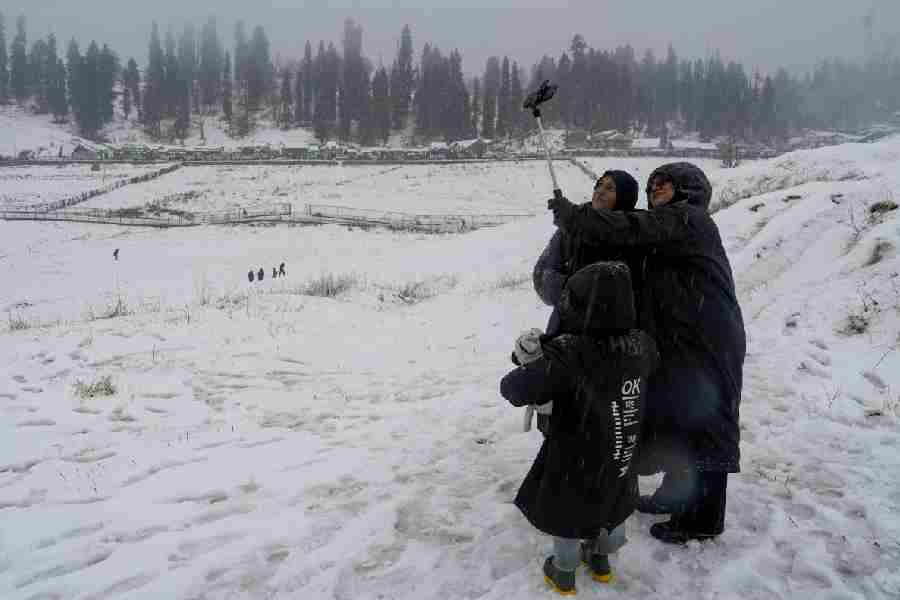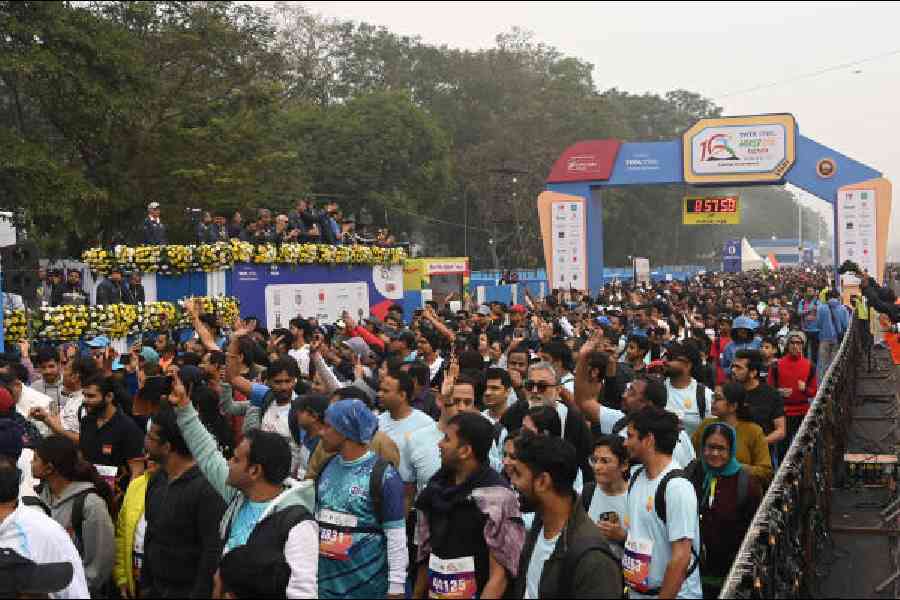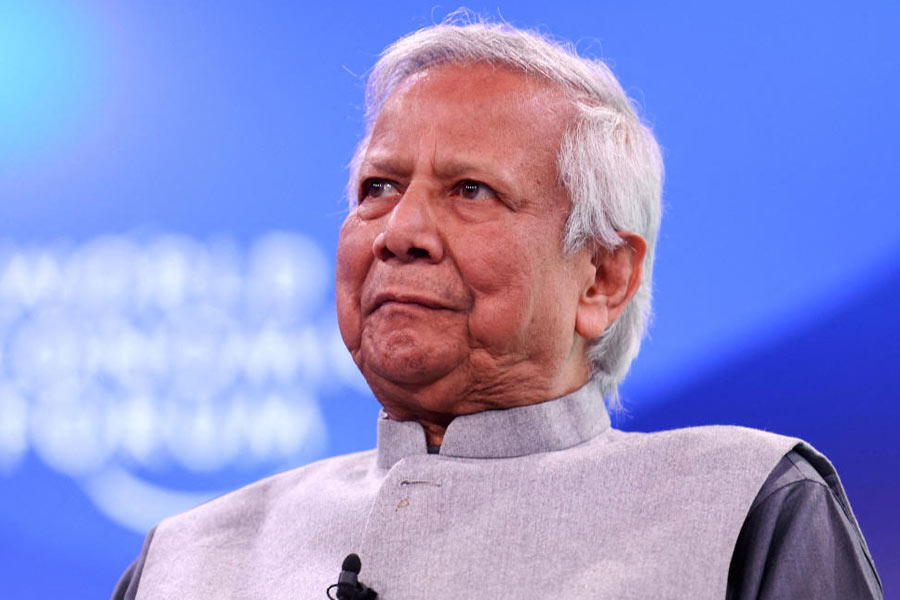Five years after his Oscar win for Parasite, Korean auteur Bong Joon-ho has returned at the theatres with Mickey 17, a thought-provoking exploration of the disposable nature of humans in a capitalist system in which Robert Pattinson delivers a no-holds-barred performance.
From the very beginning, we’re thrown into the chaotic, almost absurd, existence of Mickey Barnes (Robert Pattinson). Drowning in debt after a failed business venture on Earth, he joins a colonisation mission to the icy planet Nilfheim. The mission is led by Governor Marshall (Mark Ruffalo), a conservative politician who envisions a “pure” human colony, predominantly white and genetically “superior”.
On Nilfheim, Mickey is designated as an Expendable — a disposable crew member sent on perilous missions, only to be cloned upon death. When Mickey’s 17th version falls into a fissure during an expedition, he is presumed dead but is rescued by native creatures, known as ‘creepers’. Mickey 17 returns to the ship only to find he has been replaced by his clone, Mickey 18. Since multiple clones are forbidden, Mickey 18 tries to eliminate him but Mickey 17 proposes they secretly coexist.
Pattinson plays Mickey 17 with an odd and endearing mix of naivety and optimism, clinging to the hope that life, in some bizarre way, still matters even if it’s an endless cycle of death and rebirth. But confronted with his own duplicate, Mickey 17 is forced to question his worth, individuality, and desire to be more than just a disposable tool. Pattinson masterfully distinguishes the two versions—one tender, the other brash—drawing the audience into Mickey’s journey, his confusion, and his desperation for identity.
It’s hard not to be reminded of Bong’s earlier work, especially Parasite, where class disparity and the concept of “otherness” lay at the heart of the narrative.
In Mickey 17, Mickey’s suffering is justified as necessary for the colony’s survival, mirroring real-world labour exploitation. Nilfheim’s colony serves as a cautionary tale of unchecked corporate greed and political power, with Governor Marshall prioritising resource extraction over ethics.
Mickey 17 also functions as an anti-colonial allegory. Humanity’s expansion into Nilfheim is framed as an act of imperial conquest and the native ‘creepers’ are threats that need to be eradicated. And much like Jake Sully in James Cameron’s Avatar, Mickey 17 advocates for coexistence over domination, having been saved by the indigenous creatures.
Yet, even in its stark dystopian setting, Bong infuses his signature humour. A prime example is the painfully awkward dinner scene featuring Mickey 17 and Governor Marshall. Served chemically synthesised meat and subjected to untested painkillers, Mickey 17 struggles to maintain composure while being both a guest and a guinea pig.


